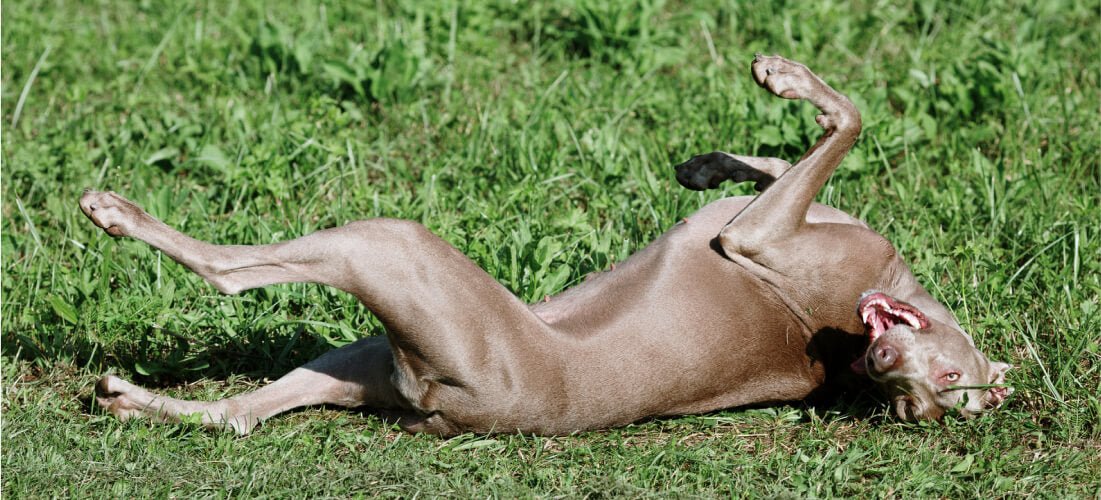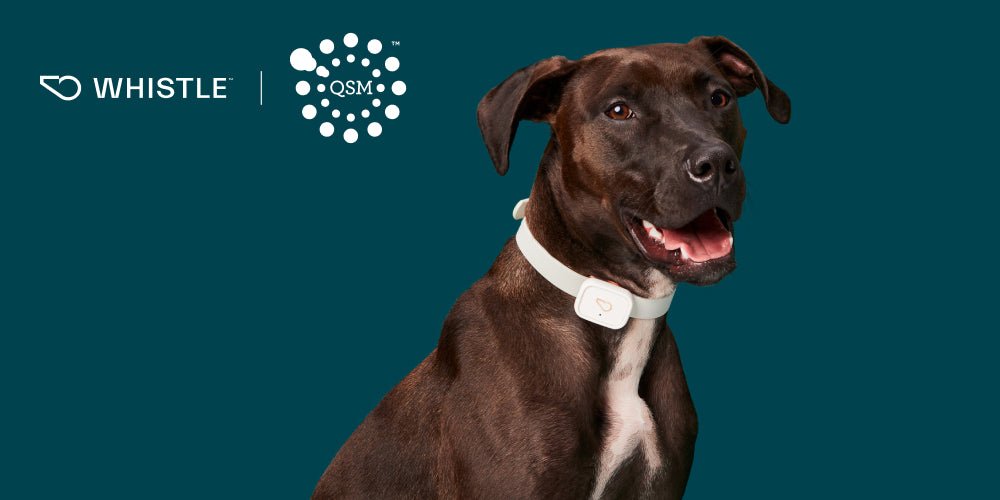Whistle Itch Detection: How We Got Here

Skin infections and allergies are common medical issues that can be painful for dogs and frustrating for pet owners. In fact, skin and coat issues are the second most common medical condition dogs in the Pet Insight Project deal with, and these issues can have a major impact on a dog’s quality of life.
Because of how common skin and coat issues are, and because of the impact on quality of life, we’ve been hard at work figuring out how to interpret your dog’s scratching and itching patterns with the goal of empowering you with information about your dog’s skin health.
Our investigation into skin and coat health starts with the hypothesis that scratching and licking are reliable indicators of a dermatological issue. But before we can even test this hypothesis, we first needed to figure out how to teach Whistle to detect scratching! After a lot of hard work and with the assistance of thousands of videos submitted by Citizen Scientists all over the country, we’ve successfully learned to detect a variety of different behaviors, including scratching and licking.
But our job still isn’t done yet. We can detect scratching, but we have to test the hypothesis that increased scratching is a reliable signal of a dermatological issue. Thanks to a lot of hard work by our team, we’ve done just that. We’ve been able to prove that both scratching and self-licking are reliable signals of a dermatological issue.
At this point we’ve discovered (1) how to detect scratching and licking, and (2) we’ve also determined that these signals are reliable indicators of a dermatological issue, but still, our job is not complete. It’s not enough to understand that scratching leads to a dermatological issue. We need to know how much scratching, and we need to figure out how to give this information to owners in a helpful way.
Two groups of people come together to help us tackle this challenge: our project participant beta testers, and our Data Scientists. Our beta testers sign up to help us test the technology and let us know if the information makes sense. Each week, we process data from hundreds of participating dogs’ Whistle devices, crunch the numbers, and then send out an email asking participants to assess their dog’s itching behavior. How itchy was your dog in the past 7 days? In the past 30 days? Anything else we should know?

We use their responses to calibrate our behavior detection algorithms. While medical records allow us to understand how much scratching and licking is correlated with skin infections and allergies, owners’ subjective assessments of the severity of itching is still considered the gold standard for measuring skin issues. By collecting feedback from thousands of other owners, we are making the way we assess skin issues more in line with the way you assess skin issues.
After and thousands of beta testers provide data that will help us calibrate the algorithm, we present you with your dog’s wellness assessment. Our team has been busy examining population-level data for thousands of dogs to understand how many seconds of scratching is normal, and how many seconds of scratching indicates a possible dermatological issue. And we’re constantly tweaking the visualizations based on your responses above.
Let’s dive into an example and take a look at Foxy’s Itch Assessment from July 7th:

Looking back during that time period, Foxy’s signs have all been in the normal range for licking, but scratching is another story. Are these alerts a cause for concern? Should the owner be worried?
To answer this question - and help flag a potential dermatological issue - we categorize the detected scratching and licking levels into evidence-based wellness scores derived from the first-of-its-kind Pet Insight Project database.
The scores are calculated by comparing the detected behavior of 2,000+ Pet Insight dogs that were diagnosed with a dermatological issue during a visit to Banfield Pet Hospital against the detected behavior of Pet Insight dogs that were determined to have healthy skin by a veterinarian.
Depending on the amount of scratching your dog is showing, we’ll categorize your dog’s scratching behavior as infrequent, mild, elevated, or severe.
As an example, if your dog is in the ‘severe‘ category, that means they are scratching more than 97% of dogs, and fewer than 1% of dogs with healthy skin had this level of scratching.
Foxy is in the “elevated” category, which means the average seconds per day of scratching in the last week was over 135 seconds. Leveraging our database that combines Whistle predictions and Banfield dermatological diagnoses, we’ve learned that fewer than 10% of dogs determined to have healthy skin were scratching more than 135 sec/day, and ~40% of dogs diagnosed with a dermatological issue showed more than 135 sec/day of scratching at the time of diagnosis.
Elevated scratchers are more similar to dogs that were diagnosed with a skin infection or allergy than those that were evaluated as healthy. Armed with this information, what happens next for your dog is entirely up to you. While it is possible that the scratch detection algorithm miscategorized your dog’s behavior (sometimes behaviors like petting can be detected as scratching), we recommend taking a closer look at your dog’s skin.
That being said, the technology is not designed to diagnose, but it is useful for flagging potential issues, and arming you with important information about your dog’s skin health that might have been hard to notice while you were away from your dog.
After reading through all the comments, what is clear is that the information we’re providing is empowering owners to understand what is going on, and helping owners measure the impact of protocols meant to address the issue:
“There is a decrease of 30 or so seconds of itching from April 29 to May 06 and an overall drop from recorded dates. Recently, Jake has restarted his regimen of allergy medication (Zyrtec) and adjusted grooming according to his increase in environmental allergies. Seems to be helping.”
- Candace
“Didn't realize he was that itchy. Saw a decrease after his bath.”
- Lauren
“Major improvement after anal gland expression & the shot to help with the itching. Saving information for his Drs.”
- Jennifer
“This is great! I can tell that her self-licking range decreased when I added more activity into her schedule. That is so great to see! [...] I can't wait to see how his itching/licking levels are throughout different seasons”
- Katelynn
“This is surprising! I will definitely keep an eye on her itching and self-licking because I had no idea she spent that much time doing either.”
- Kate
“Kai gets an injection for itching 2 or 3 times a year. Without the injection, his itching can be severe. So when he starts scratching a lot I know the injection has worn off. Then it’s time to see the vet for another injection and that takes a couple of days to kick in. I think he will be due for another injection pretty soon so catching him itchy and your feedback will be very interesting, and most likely helpful to remind me when he needs his injection.”
- Connie
“I have to pay more attention to his scratching.”
- Sandra
“This is surprisingly accurate.”
- Brittany
By providing this information to owners, we’re excited to both help provide earlier, more informed care, and also empower owners with quality information about their pet’s issues are developing.
What’s next? Stay tuned :)









